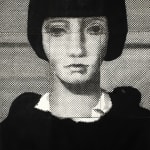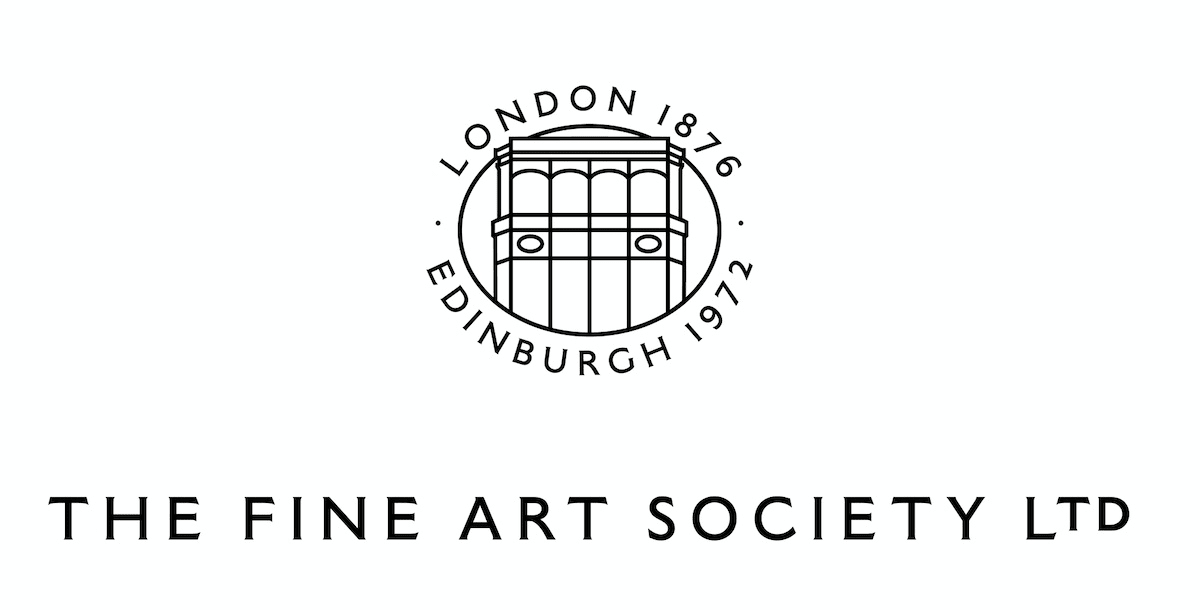
 'Anna Karina' installed on the roof of St. Martins, London, 1963
'Anna Karina' installed on the roof of St. Martins, London, 1963


Gerald Laing 1936-2011
painted at St Martin's School of Art, London
Further images
The film is in a documentary style and recounts the destruction of a young woman whose ambition is to become a movie actress. The still photograph from the film from which my image is derived, is from the section describing her descent into prostitution. The glazing bars of the window behind her head form a cross and the whole image has an almost religious iconic status which I am sure was intended by Godard and was certainly my intention. In the film, her name is Nana, which is both the title of Emil Zola's great novel on the same subject and the name of his protagonist (though Zola's Nana fares far better than Godard's). I wanted to monumentalise and immortalise a fragile and ephemeral newspaper image of a film and an actress which I felt captured an urban mythology of the times. " – G L
Anna Karina gazes ahead with a blank or doleful expression, remote from the viewer. The billboard scale makes her powerfully present, as on the cinema screen, but the scale also serves to withhold the promise of intimacy.
[from the exhibition catalogue of 'Gerald Laing - Myth & Muse: the cult of celebrity', The Fine Art Society, 2024]
Provenance
The artist's estate, catalogue raisonné no. 9 (Artist's CR 6)Exhibitions
Laing Art Gallery, Gerald Laing: Exhibition of Paintings and Drawings, Newcastle upon Tyne, 1963;
Saint Martin’s School of Art, Paintings of Photographs/Photographs of Paintings, London, 1963;
ICA, Source & Stimulus – Space, Speed & Sex, London 1964;
Herbert Art Gallery & Museum, Gerald Laing: Paintings and Sculpture 1963–1983, Coventry, 1983;
The Fruitmarket Gallery, Gerald Laing: A Retrospective 1963–1993, Edinburgh, 1993;
Brighton Museum and Art Gallery, Les Sixties: Great Britain and France 1962–1973, 1997;
Bourne Fine Art, Gerald Laing: From 1963 to the Present, Edinburgh, 2004;
Galleria Civica Modena, Pop Art UK: British Pop Art 1956–1972, 2004;
The Fine Art Society, Gerald Laing 1936–2011: A Retrospective, London, 2016;
Kunstmuseum Wolfsburg, This Was Tomorrow: Pop Art in Great Britain, 2016–7
Literature
Gerald Laing, Aspen Notebook, unpublished manuscript, 1966;
Marco Livingstone, Pop Art: A Continuing History (London, 1990);
David Mellor, The Sixties Art Scene in London (London, 1993);
David Brauer, Jim Edwards, Christopher Finch, Walter Hopps, Pop Art: U.S./U.K. Connections, 1956–1966 (Houston, TX, 2001);
Marco Livingstone, British Pop, exhibition catalogue, Museo de Bellas Artes de Bilbao, 2005–6
Join our mailing list
* denotes required fields
We will process the personal data you have supplied to communicate with you in accordance with our Privacy Policy. You can unsubscribe or change your preferences at any time by clicking the link in our emails.




